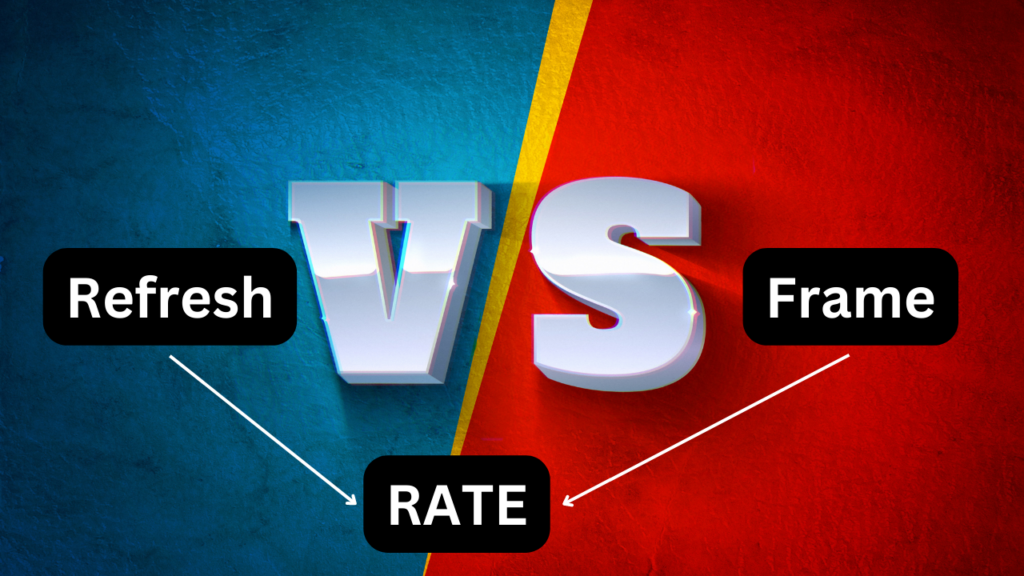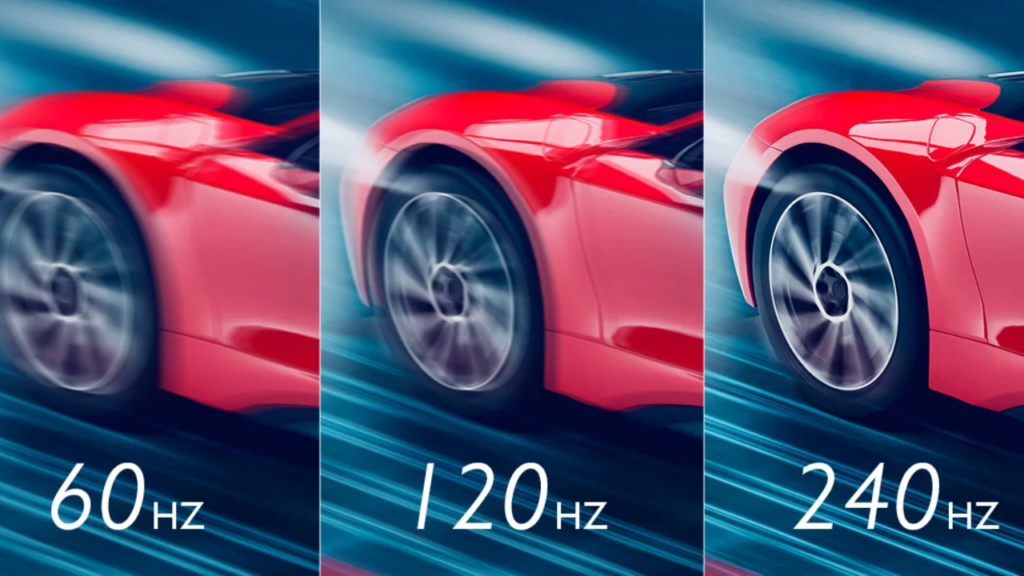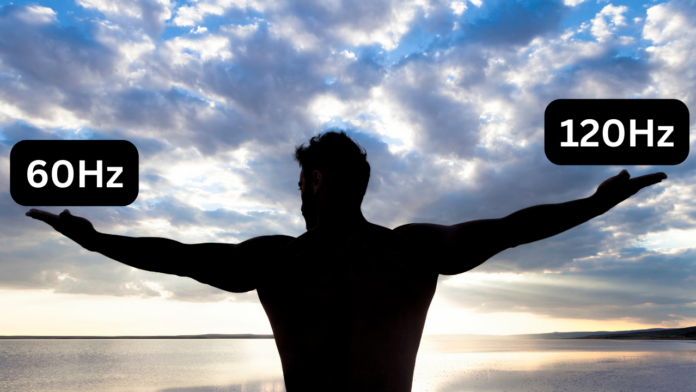With the advancement in technology, the display quality of electronic devices has drastically improved. One key feature that has significantly impacted display quality is the refresh rate. In simple terms, the refresh rate is the number of times a display updates per second. In this article, we will delve into what the 120Hz refresh rate is and the difference it makes in display technology.
Refresh Rate vs Frame Rate:
Before we talk about the 120Hz refresh rate, let’s understand the difference between Refresh and frame rates. These two important terms in display technology are often confused with each other, but they refer to different aspects of a display’s performance.
Refresh rate refers to the number of times a display’s image is redrawn per second. It is measured in Hertz (Hz) and represents the maximum number of times the image on the screen can be updated in one second. The higher the refresh rate, the smoother and more fluid the image appears. For example, a display with a 60Hz refresh rate will redraw the image 60 times per second, while a display with a 120Hz refresh rate will redraw the image 120 times per second.

Frame rate, on the other hand, refers to the number of individual images (frames) that are displayed per second in a video or animation. Frame rate is also measured in Hz, and it determines the smoothness and fluidity of motion in the video or animation. A high frame rate means that the motion in the video or animation will appear smoother and more fluid, while a low frame rate will result in stuttering or choppy motion. For example, a movie with 24 frames per second (fps) frame rate will have 24 individual images displayed per second. In contrast, a game with a 60fps frame rate will have 60 individual images displayed per second.
In summary, refresh rate determines the smoothness and fluidity of the image on display, while frame rate determines the smoothness and fluidity of motion in video or animation content. While a high refresh rate can help improve the quality of video and animation content, the frame rate of the content ultimately determines the smoothness and fluidity of motion.
Related News:
Acer Predator Helios 300 gaming laptop launched in India with 360Hz Refresh Rate Display
LG UltraGear 27-inch gaming monitor with a 144Hz refresh rate launched in India
The Difference 120Hz Makes in Display Technology
One of the main differences between a 60Hz refresh rate and a 120Hz refresh rate is the smoothness and clarity of the image. With a higher refresh rate, fast-paced content, such as action movies or fast-paced games, will have less motion blur and a more fluid visual experience. Additionally, with a 120Hz refresh rate, images are more stable, reducing the chances of ghosting and other visual anomalies.
Moreover, higher refresh rates provide a more responsive and immersive gaming experience. Gamers will experience less Latency and a more responsive display, making it easier to track fast-moving targets and react quickly to in-game events.

Another benefit of the 120Hz refresh rate is the reduction in input lag. Input lag refers to the time it takes for a display to respond to an input signal. With a higher refresh rate, input lag is reduced, providing a more seamless experience, particularly when playing fast-paced games.
Real-World Examples of 120Hz Refresh Rate Technology
One of the most prominent examples of 120Hz refresh rate technology can be found in high-end gaming monitors. These monitors offer a smooth and seamless visual experience, perfect for gamers who demand the highest level of performance. For example, the Acer Predator XB253QGX is a popular gaming monitor that features a 25-inch display with a fast 240Hz refresh rate.
Another example of 120Hz refresh rate technology can be found in high-end smartphones. With the increasing popularity of mobile gaming, companies such as Samsung and ASUS have integrated 120Hz refresh rates into their premium smartphones, offering a smooth and seamless gaming experience on the go.
The 120Hz refresh rate has significantly impacted display technology, providing a smooth and seamless visual experience for various content, including video and gaming. Whether you are a gamer or a content creator, the 120Hz refresh rate is an important factor to consider when purchasing a display. With its ability to provide a more fluid and responsive experience, the 120Hz refresh rate is an essential component of modern display technology.


